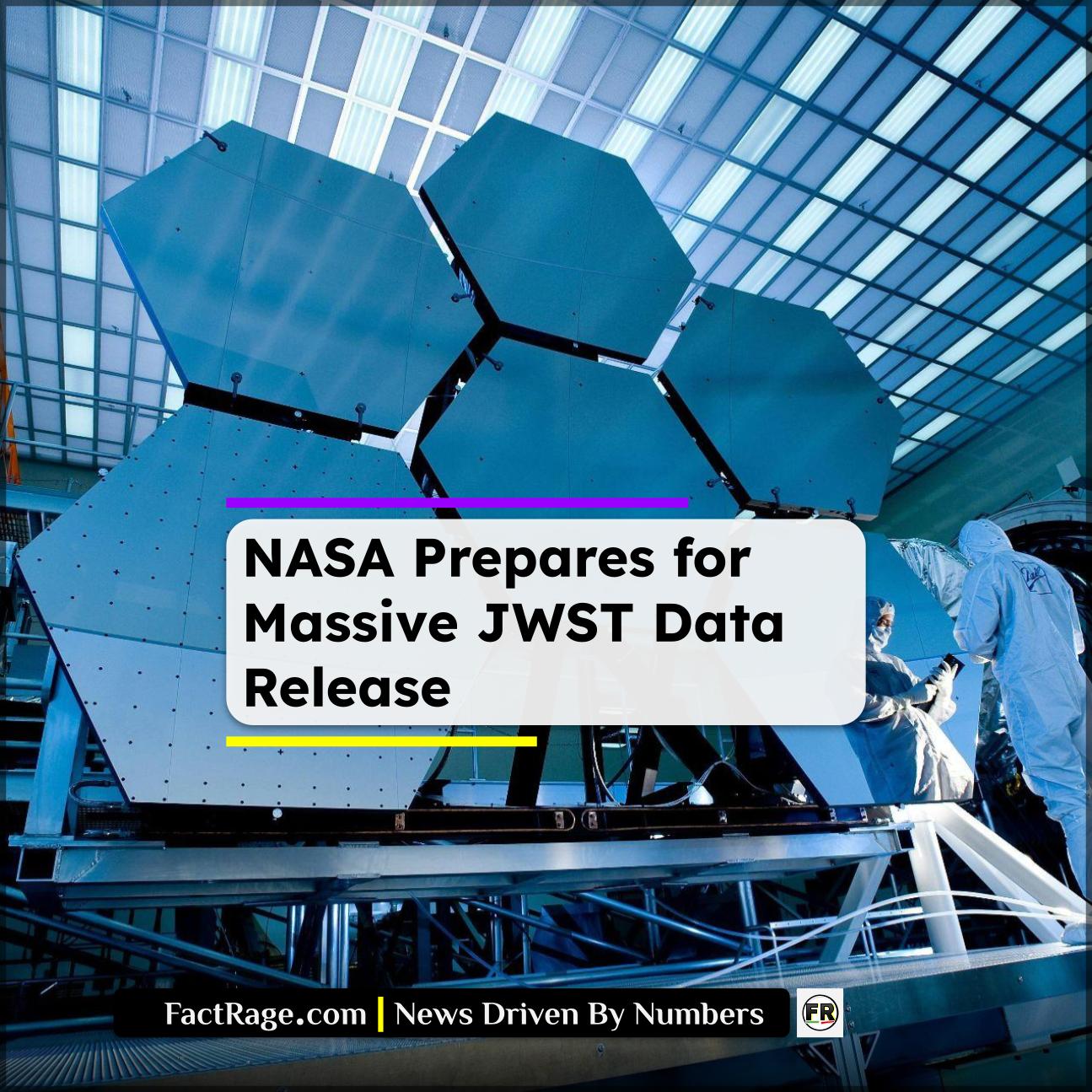GLOBAL – NASA and its international partners are preparing for a significant new data release from the James Webb Space Telescope (JWST) on July 8, 2025, promising to deepen humanity’s understanding of the cosmos.
- A Coordinated Scientific Event – The release is not just a random data dump; it represents a coordinated unveiling of observations from specific, high-priority scientific programs targeting key cosmic mysteries.
- Dual Scientific Frontiers – The data is expected to focus on two of JWST’s primary missions: analyzing the atmospheric composition of exoplanets and peering deeper into the early universe to study the first galaxies.
- From Data to Discovery – Following the release, research teams worldwide will download and analyze the information, a process that will lead to peer-reviewed scientific papers and potentially groundbreaking discoveries in the months and years ahead.
This upcoming release continues the mission of the most powerful and complex space observatory ever built, an international collaboration between NASA, the European Space Agency (ESA), and the Canadian Space Agency (CSA).
What Makes This Data Release So Significant?

While the JWST constantly gathers information as it orbits the sun nearly a million miles from Earth, these scheduled data releases are pivotal events. They often bundle observations from large, ambitious programs that require significant telescope time to execute. The data, processed by the Space Telescope Science Institute (STScI) in Baltimore, will become available to the global scientific community, ensuring that the telescope’s power is leveraged by a wide array of experts.
The observations are the result of a competitive peer-review process where scientists propose what the telescope should study. The approved programs, such as those included in this release, are considered to have the highest potential for major breakthroughs. The telescope itself, built primarily by Northrop Grumman, uses a 6.5-meter primary mirror and highly sensitive infrared instruments to capture light that has been traveling for billions of years.
Hunting for Biosignatures and Ancient Galaxies
One of the most anticipated aspects of the new data is the detailed analysis of exoplanet atmospheres. Using a technique called transmission spectroscopy, the JWST can detect the chemical makeup of an atmosphere as a planet passes in front of its host star. What are scientists looking for? They are searching for the tell-tale spectral fingerprints of molecules like water, methane, and carbon dioxide, which could be indicators of a planet’s potential habitability.
Simultaneously, the JWST will continue its role as a cosmic time machine. Because light takes time to travel, looking at distant objects is equivalent to looking back in time. The telescope is designed to capture the faint, infrared light from the universe’s first stars and galaxies, which formed just a few hundred million years after the Big Bang. This data release could provide the clearest view yet of this “Cosmic Dawn,” helping scientists understand how the vast structures of the modern universe first came to be.
How Raw Data Becomes a Cosmic Revelation
The release on July 8 marks a beginning, not an end. Once the raw and calibrated data are available on the Mikulski Archive for Space Telescopes (MAST), a massive collaborative effort begins. Research teams will download terabytes of information and use sophisticated software to analyze complex datasets, correct for instrument noise, and model the physical phenomena observed.
This meticulous work is what transforms faint signals into concrete knowledge. The process involves cross-checking results, submitting findings to peer-reviewed journals, and presenting them to the broader scientific community. While the initial images may be stunning, the most profound discoveries will emerge over the following months as scientists rigorously test their hypotheses against the telescope’s unprecedented evidence.









